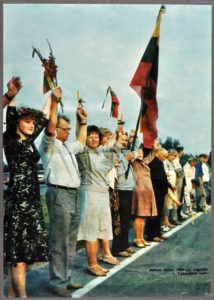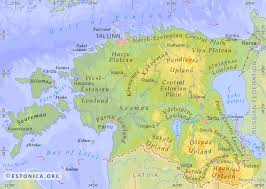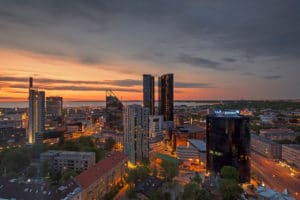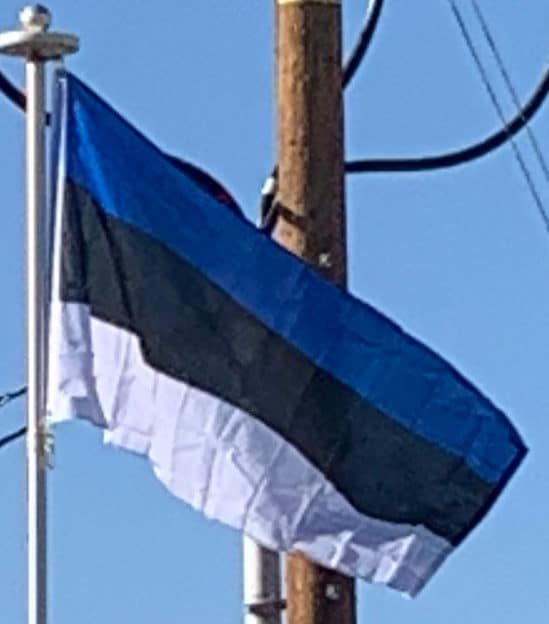
Soviet authorities recognized Estonian independence on 6 September, and on 17 September Estonia was admitted into the United Nations. The last units of the Russian army left Estonia in 1994.
In 1992 radical economic reforms were launched for switching over to a market economy, including privatisation and currency reform. Estonian foreign policy since independence has been oriented toward the West, and in 2004 Estonia joined both the European Union and NATO.
Geography:
Estonia lies on the eastern shores of the Baltic Sea immediately across the Gulf of Finland, on the level northwestern part of the rising East European platform. Average elevation reaches only 50 metres (164 ft) and the country’s highest point is the Suur Munamägi in the southeast at 318 metres (1,043 ft). There is 3,794 kilometres (2,357 mi) of coastline marked by numerous bays, straits, and inlets. The number of islands and islets is estimated at some 2,355 (including those in lakes). Two of them are large enough to constitute separate counties: Saaremaa and Hiiumaa. A small, recent cluster of meteorite craters, the largest of which is called Kaali is found on Saaremaa, Estonia.

Estonia has over 1,400 lakes. Most are very small, with the largest, Lake Peipus, being 3,555 km2 (1,373 sq mi). There are many rivers in the country. The longest of them are Võhandu (162 km or 101 mi), Pärnu (144 km or 89 mi), and Põltsamaa (135 km or 84 mi). Estonia has numerous fens and bogs. Forest land covers 50% of Estonia. The most common tree species are pine, spruce and birch.
Economy:
As a member of the European Union, Estonia is considered a high-income economy by the World Bank. The GDP (PPP) per capita of the country was $29,312 in 2016 according to the International Monetary Fund. Because of its rapid growth, Estonia has often been described as a Baltic Tiger beside Lithuania and Latvia. Beginning 1 January 2011, Estonia adopted the euro and became the 17th eurozone member state.
Oil shale energy, telecommunications, textiles, chemical products, banking, services, food and fishing, timber, shipbuilding, electronics, and transportation are key sectors of the economy. The ice-free port of Muuga, near Tallinn, is a modern facility featuring good transshipment capability, a high-capacity grain elevator, chill/frozen storage, and new oil tanker off-loading capabilities. The railroad serves as a conduit between the West, Russia, and other points to the East.

Estonia’s economy continues to benefit from a transparent government and policies that sustain a high level of economic freedom, ranking 6th globally and 2nd in Europe. The rule of law remains strongly buttressed and enforced by an independent and efficient judicial system. A simplified tax system with flat rates and low indirect taxation, openness to foreign investment, and a liberal trade regime have supported the resilient and well-functioning economy. As of May 2018, the Ease of Doing Business Index by the World Bank Group places the country 16th in the world. The strong focus on the IT sector has led to much faster, simpler and efficient public services where for example filing a tax return takes less than five minutes and 98% of banking transactions are conducted through the internet. Estonia has the third lowest business bribery risk in the world, according to TRACE Matrix.
Transportation:
Transport in Estonia relies mainly on road and rail networks.
